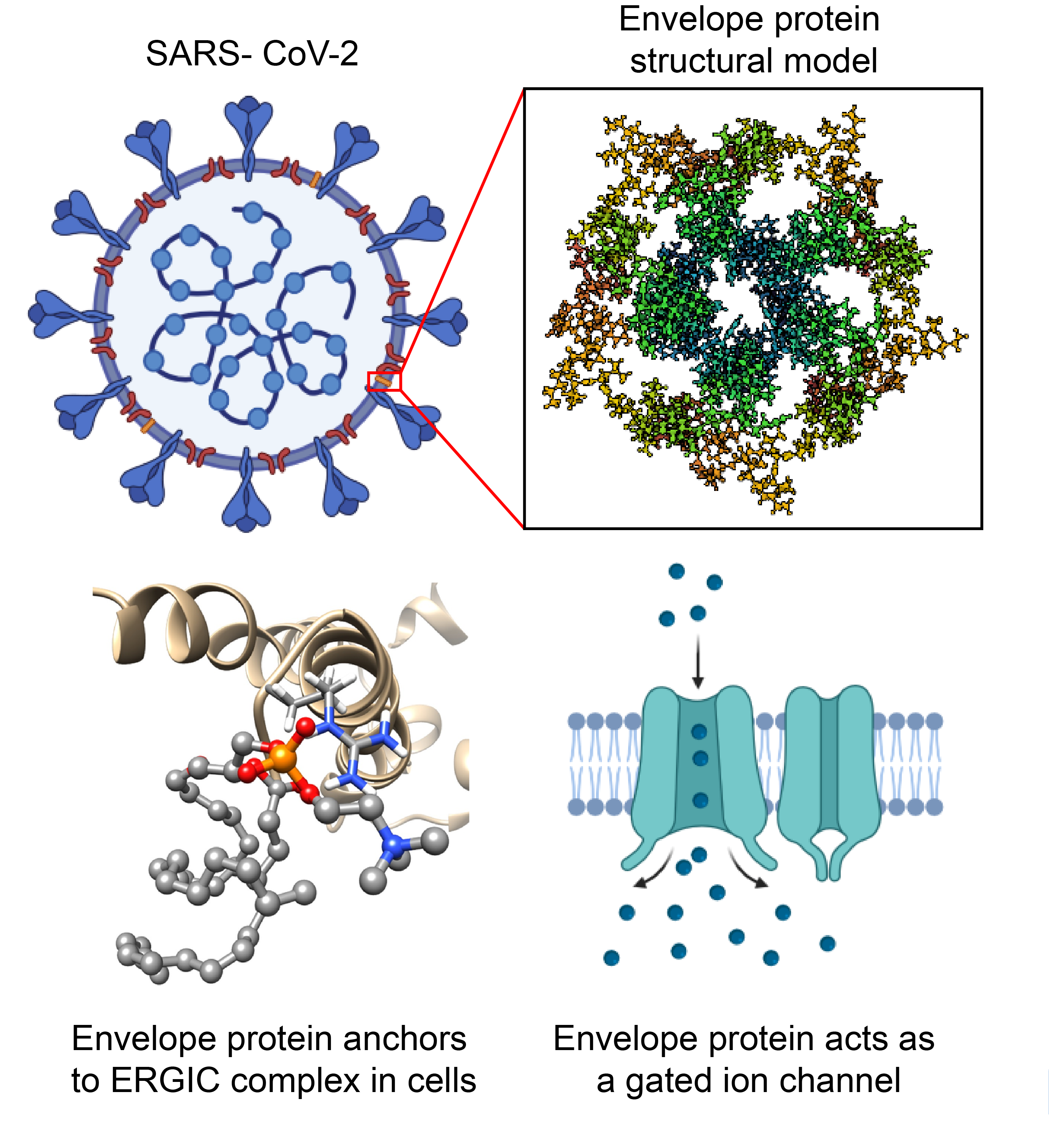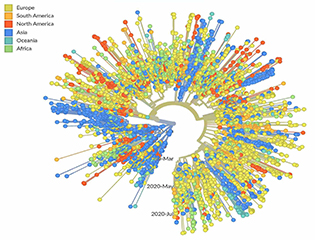Covid-19
- The COVID-19 pandemic has brought to the forefront the importance of a thriving scientific ecosystem for dealing with global crises. In this article series (having two parts), Kaushik Biswas, Associate Professor at the Division of Molecular Medicine, Bose Institute, Kolkata, discusses how innovative scientific endeavours are paving the way for better prevention and treatment strategies for this rapidly-spreading disease. While the first part of the series features how understanding of science and its applications have helped in adopting strategies to effectively diagnose and limit the spread of SARS-nCoV-2, the second part will focus on scientific discoveries aimed towards developing therapeutics against this disease.
Read more
- Understanding of COVID-19 virus and its complexities:
 The outbreak of COVID-19 across the world has posed unprecedented and global challenges on multiple fronts. Till now, approximately more than 22 million cases have been reported worldwide with around 800 thousand deaths. Although the virus has infected a lot of people,
lethality remains low and skewed by confounding factors like age and comorbidities. All major economies have suffered economically, socially, politically, and scientifically as they had to implement nation-wide lockdown. A race for the identification and production of vaccines has taken over resulting in the identification of numerous targets and possible therapies. Most of the vaccine and drug development so far has focused on the spike proteins and viral RNA-polymerases and the main protease for viral replication. The virus uses the spike glycoprotein on its surface to bind to Ace2 receptors on the human cells. Thus begins an evolutionary “arms race” between the virus and the humans.
The outbreak of COVID-19 across the world has posed unprecedented and global challenges on multiple fronts. Till now, approximately more than 22 million cases have been reported worldwide with around 800 thousand deaths. Although the virus has infected a lot of people,
lethality remains low and skewed by confounding factors like age and comorbidities. All major economies have suffered economically, socially, politically, and scientifically as they had to implement nation-wide lockdown. A race for the identification and production of vaccines has taken over resulting in the identification of numerous targets and possible therapies. Most of the vaccine and drug development so far has focused on the spike proteins and viral RNA-polymerases and the main protease for viral replication. The virus uses the spike glycoprotein on its surface to bind to Ace2 receptors on the human cells. Thus begins an evolutionary “arms race” between the virus and the humans.
Read more
- SARS-CoV-2 evolution was delineated by
exploring the genome-wide frequency, gene-wise distribution, and
molecular nature of all the SNPs detected across its 71,703 genomes
sequenced till 21.08. 2020
 SARS-CoV-2 microevolution was studied in 71,703 whole-genomes sequenced worldwide until 21.08.2020. Globally, nsp1/nsp2 and orf7a/orf3a were the most mutation-ridden non-structural and structural genes respectively. Whole-genome phylogeny revealed that entities belonging to the early lineages are mostly spread over Asian countries. A transition:transversion ratio of 2.66 characterized SARS-CoV-2, with C?U and G?U being the predominant mutation-types. Missense mutations are positively selected mostly in structural genes; missense C?Us tend to usher hydrophobic amino acids.
Roy C et al, Trends of mutation accumulation across global SARS-CoV-2 genomes: Implications for the evolution of the novel coronavirus. Genomics [Elsevier], 112, 5331-5342 (2020)
SARS-CoV-2 microevolution was studied in 71,703 whole-genomes sequenced worldwide until 21.08.2020. Globally, nsp1/nsp2 and orf7a/orf3a were the most mutation-ridden non-structural and structural genes respectively. Whole-genome phylogeny revealed that entities belonging to the early lineages are mostly spread over Asian countries. A transition:transversion ratio of 2.66 characterized SARS-CoV-2, with C?U and G?U being the predominant mutation-types. Missense mutations are positively selected mostly in structural genes; missense C?Us tend to usher hydrophobic amino acids.
Roy C et al, Trends of mutation accumulation across global SARS-CoV-2 genomes: Implications for the evolution of the novel coronavirus. Genomics [Elsevier], 112, 5331-5342 (2020)
Read more